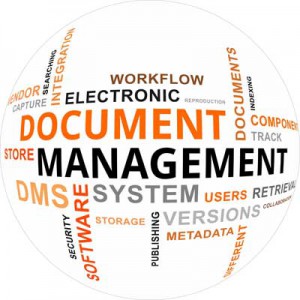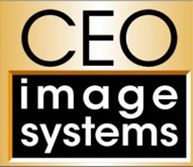
Your student, financial, and HR information system may allow you to attach documents to records, but there are significant drawbacks compared to using a Document Management System (DMS). Some of those include:
- Poor Document Search Capabilities
- Being “Locked-In” To Legacy Software
- Weak Document Associations
Poor Document Search Capabilities
Documents attached to records in a student records, financial, or HR information system typically cannot be searched independently of the records they’re attached to. This means that if you need a particular document, but don’t know the student, vendor, or employee, you’re simply out of luck.
One example would be if you created a letter and attached it to a specific student record. Say a few weeks later you had the need for a similar letter, but didn’t rememb
er the name of the original student whose record to which it was originally attached. You would be out of luck. Document Management System software allows document storage, search and retrieval based on document information that is not tied to any particular financial, HR, or student record. This allows you to search for documents directly.
Being “Locked-In” To Legacy Software

Documents that are attached to an information system are typically stored in a proprietary format. If you decide to change systems at a later stage, the export of all of these documents is extremely labor-intensive.
On the other hand, Data Management System software uses standard file formats (e.g., PDF, TIFF, etc.). This means your documents are readily available even if you change to a new information system.
Weak Document Associations
Documents are typically attached to record by means of an “electronic paper clip.” If those “electronic paper clips” fail, you lose the association of the electronic documents to their respective records.
Data Management System software does not ‘attach’ your document in this way, so there is no risk of losing document associations. The documents are attached to their records in a much more secure way.
These are just a few of the many reasons why schools should store electronic documents separately from financial, HR, or student information systems.

Skype has established its web-based consumer beta to the
world, after starting it largely within the United
states and You.K. earlier this calendar month.
Skype for Online also now supports Linux and Chromebook for immediate text
messaging connection (no voice and video but, those call for a plug-in installing).
The increase of the beta brings help for a longer listing of languages to help you reinforce that global functionality
Great article, thanks for the info.
I have been implementing electronic document management systems (EDMS) for several years now. He started his professional career in a small IT company, which employed about 10 people. The company has implemented document workflow solution like https://fluix.io/ in various government bodies. After that I worked in several more companies, some of them were very serious, with a serious approach to projects and serious budgets. But regardless of the scale of the company and the “”promotion”” of the platform being implemented, most of my projects were inappropriate.
This does not mean that all projects were unprofitable. Some of them had a feasibility study, and some even corresponded to it, and were really economically profitable. But economic efficiency is not the only value that determines the feasibility of a project.
Here’s an example:
Project cost: $ 500,000
Implementation period: 6 months.
Payback of the project 2 years.
Accordingly, with the introduction of the system, the enterprise will have to save about $ 250,000.
At first glance, everything looks great. The project is cost effective. The customer receives real savings, the contractor earns good money on this project. Everyone is happy and contented. Only, as a rule, no one thinks about what the calculated savings are made of.
A saving of 250 pieces is the result of various organizational measures, most of which are only indirectly related to the implementation of an electronic document management system. Here are the main ones:
Physical freeing up of space.
Reduced copying costs.
Reducing the cost of delivering information.
Decrease in labor resources.
Reducing the number of irrecoverably lost documents
Increasing labor productivity
It is pretty obvious=) We are living in 21 century